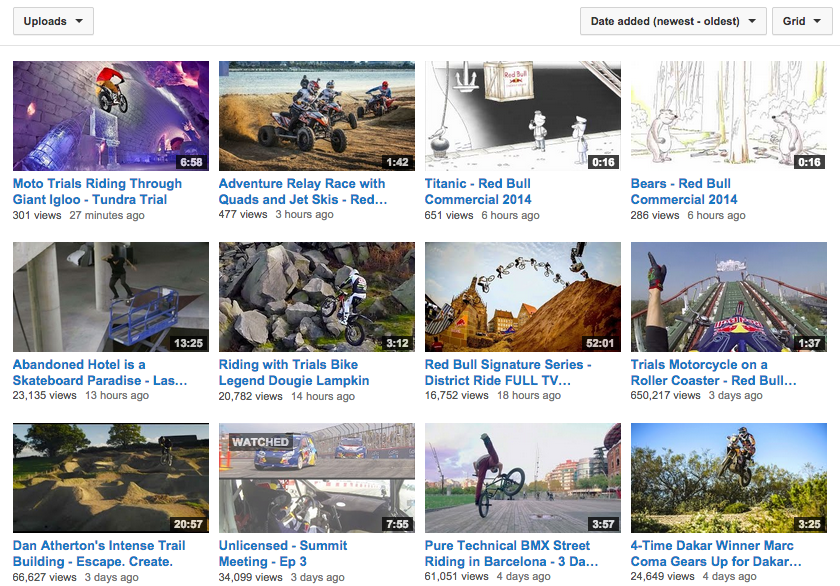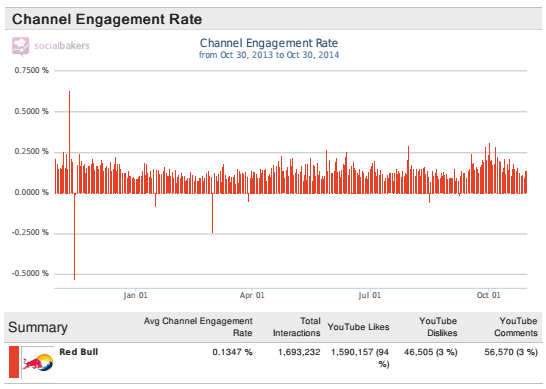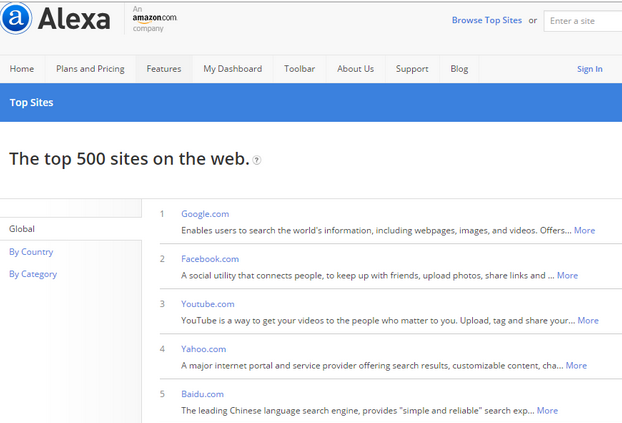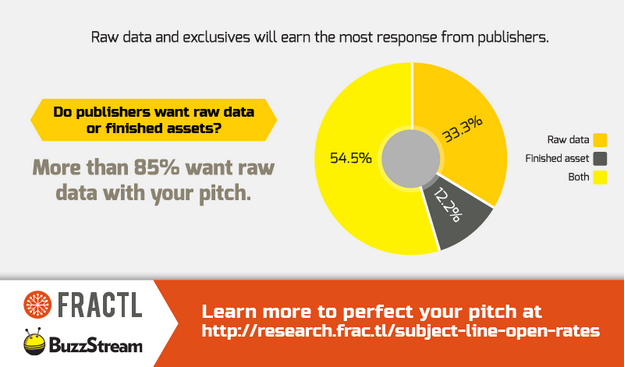Image via Flickr user Daniel Lee
This is a guest contribution from Hassan Ud-deen.
Your blog posts have a purpose, right?
You want your readers to take a specific action after reading your post. It could be to: like, share, subscribe, comment or just think about something. Either way, you’re aiming to elicit a response.
And It doesn’t matter if you’re writing a sale letter, a blog post, or an email.
If you aim to evoke any kind of response or action… you’re writing copy.
Funnily enough, most of the content marketing style writing you read now, is heavily influenced by copywriting principles that marketers (who violently squeezed the power out of every word to make their copy super effective or go to bed hungry,) used to sell to complete strangers.
So let’s revisit the raw “old school” copywriting roots of blogging/content marketing and discover the powerful principles used to make millions from the written word, and how they apply to writing popular posts today.
1 Put On Your “Blog Detective” Hat
In the marketing world, a hook is the one story, idea or feature that races out the screen and locks the reader’s attention in its jaws.
Copywriters would dig through sales literature, interview previous customers, and brush up on the history of a product. All in search for the one undiscovered piece of information that made a reader’s eyes jump out of their sockets.
Legendary copywriter John Carlton calls this putting on your “sales detective” hat and getting into a “Bogart-like” gumshoe frame of mind.
The same principle can be used to craft irresistible posts that spread like wildfire.
Jon Morrow is a perfect example of this. The only difference being that he wore a “blog detective” hat instead of a sales one.
Before his posts went viral on Copyblogger, he noted the number of comments on almost every post, analyzed the type of comments being made, and studied the social media statistics for years.
Jon’s thorough detective work allowed him to develop a deep understanding of the heart-warming dreams, worrying problems and crippling fears of the Copyblogger audience, resulting in posts that exploded with comments and shares.
If you want to write posts that go viral, put on your blog detective hat and study popular posts, dig through comments, analyze them, and look out for patterns.
You’ll find exactly what your audience wants to know, and be able to deliver hot content that they will love.
2 One Thing Successful Copy and Winning Posts Have in common
Highly converting copy and popular posts have one crucial element in common…
A magnetic, benefit-driven headline.
According to David Ogilvy: “On the average, five times as many people read the headlines as the body copy. When you have written your headline, you have spent 80 cents out of your dollar.”
That means if you’re headline isn’t up to scratch, your product isn’t going to sell, and you’re going to be bleeding money.
If you’re a blogger, your audience won’t be sold on why they should click on your links and your your post aren’t going to be read.
Take a look at the popular post section to the right here on ProBlogger.
My favourites are:
“The Ultimate Guide to Making Money with the Amazon Affiliate Program”
“7 Strategies for Growing Community on Your Blog”
“Can You REALLY Make Money Blogging? [7 Things I Know About Making Money from Blogging]”
Notice Something here?
They all promise an irresistible benefit to the reader.
We could spend hours discussing the anatomy of popular headlines, but there are two must- haves for injecting a hefty amount of stopping power into any headline.
- Promising a mouth-watering benefit to the reader
- Arousing the readers burning curiosity
If your headline does the two things above, that’s a good sign.
Looking for more ways to power up your headlines? Jon Morrow’s 52 Headline Hacks report is an indispensable guide
3 Strong Copy and Seductive Blog Posts Adhere To The Same Formula
Ever heard of the AIDA formula? It’s a known formula for writing sales pages, but it can also be used to quickly create high-power blog posts.
A- Attention. This is your headline and your opening sentence, where you’re looking to snag your prospects attention and quickly show that what you’re selling is beneficial to them.
If you’re a blogger, the only difference is that your readers aren’t paying you with cash. They’re paying you with their time and attention, and you’re selling them on how reading your content will benefit them.
I-Interest. This is where you’ll pique the interest of your prospects. Nudging them further down your copy by weaving a relatable story or describing a painful problem that your product solves.
In your posts, this is where you’d seduce readers further down the page by sharing a story or arousing their curiosity and emotions.
D-Desire. Here’s where blogging and copywriting have a slight split.
In a sales page, this would be where you describe the benefits of your product and get your reader warm and runny over what you’re selling.
In your posts, this is where you deliver your content.
A-Action. After being swept off their feet by all the amazing benefits of your product, this is where you invite your prospect to take some kind of action. Usually to make an order, cut out a coupon or fill in a form.
As a blogger, after your readers are charged up and inspired by the content you’ve delivered. This is where you invite them to take action by commenting, subscribing or clicking on a link.
Blog posts and sales pages both have the same goal: To get the reader to take action, and that’s what the AIDA formula is designed to do.
So the next time you find yourself gazing at the ceiling with a blank page on your screen. Give the AIDA formula a try.
4 Long Post vs. Short Posts?
What’s more effective, long posts or short posts, long copy or short copy?
Joseph Sugarman answers the question perfectly: “Copy is never too long if the readers takes the action that you request. Therefore, it can’t be dull, it must be compelling, it must relate to the readers and, finally, it’s got to be about something the reader is interested in.”
This means that as long as you’re providing value to your readers, keeping them engaged, and relating to them… the length of your post is almost irrelevant.
5 Adopt the Gun to The Head Writing Philosophy
When John Carlton started his copywriting career, he had no source of income, savings for only one more month’s rent, and last a tank of gas in his battered car. (Not a nice place to be right?)
But instead of feeling panicked by his situation, he describes feeling eerily calm.
Why?
Because he had to create successful ads, or starve.
To do this, he treated each ad as if it was a life or death matter. Like their was a cold nozzle of a loaded gun pressed into to his head while he wrote.
So, how does one write when they have no choice but to create something that moves people to act?
- You don’t take risks.
You rely on proven methods that you know will work. In the world of copywriting this means using proven structures, headlines and devices. Relate this to blogging, and it means using proven headlines, blog post types and topics to create hard hitting posts.
- You be as clear as possible.
If your reader loses interest, you lose the sale. Similarly, if your post is boring; you’ve just lost a reader. Use simple language and aim to be as clear as possible.
- You always provide a juicy benefit to the reader
In a sales letter, you communicate the benefit your readers will gain from your product. In a blog post you communicate how your content will enrich their lives.
What can they expect to gain from your continuing to read your content? Be sure to let your reader know or risk losing him.
Give yourself no option but to write stellar content, and you will.
6 The Most Powerful Word in Your Writing Arsenal
Is the word “You.”
Your readers doesn’t care about what you want. What your interests are, or what you like. However they care, very deeply, about what they want, like and find interesting.
Constantly relate everything back to your readers by use the word “you” generously in your writing. It’s about your reader, not about you.
7 Shock Your Readers Into Paying Attention
Another lesser-known copywriting trick used to craft hypnotic sales letters is to anticipate and answer objections before your reader can voice them.
Read any good sales letter, and you’ll notice every time the reader can ask a question, it’s answered immediately. This helps the copy flow and extinguishes any stress the reader may have.
You can do something equally powerful when writing your blog posts too.
In their book “Made to stick”, Chip and Dan Heath discovered that we all have a little guessing machine running inside our heads. It’s constantly trying to guess what’s going to happen next.
And as long as everything goes according to plan, people stay a little bored and disinterested.
A powerful way to snap people out their guessing trance, is to break their guessing machine by knowing what they expect you to say, and deliberately going against it.
So instead of anticipating objections for a product, anticipate what your readers expect to hear and say the opposite (or something they’re not used to hearing).
Take for example this post here by Carol Tice.
Carol predicts what the reader is thinking, and says the complete opposite. She simultaneously educates and shocks the reader. Instantly jolting their guessing machine and forcing them to pay attention.
If you want your posts to snap your readers into attention, attack their guessing machines with something unexpected. It could be unique advice, a controversial view or something that no-one else talks about.
8 Use Stories To Bond With Readers
Humans are not ideally set up to understand logic. They are ideally set up to understand stories- Roger C. Shank.
Stories stir feelings and charge you with emotion. Sometimes making you burst with excitement or flooding your world with sadness. Thanks to their extreme power, they are a popular tool amongst copywriters.
A recent experiment by journalist Rob Walker set out to test the power of stories and how they can add value to almost anything.
Rob hired a group of writers to create emotionally provocative stories about unwanted, cheap thrift store items.
He then placed the items on ebay with the story in the description.
The results?
They sold $128.74 worth of abandoned thrift items for over $3000 dollars. An overall value increase of over 2,700%.
By using stories in your blog posts, you arouse your readers emotions and create sympathy and make yourself more relatable. You’ll also be able to cement ideas and information into readers brains with much more strength and clarity.
9 Electrocute Your Readers With Emotion
There’s a reason why sales letters describe painful problems, amazing dreams, and heart breaking stories to readers before mentioning their products.
Emotion.
Copywriters rub salt into readers wounds and paint pleasing pictures to charge people with emotion. They know the only way to get anyone to act and to pay attention, is to get their hearts to beat a little faster. To raise their body temperature up a notch. To make them salivate with desire. To make them feel.
In a special report by Jonah Berger and Katy L. Milkman called “what makes online content go viral” one of the biggest revelations was that content that evokes powerful emotions is more viral than content that doesn’t.
This makes sense. For people to take act, they have to feel.
So for people to actively share and promote your content, they have to be exploding with so much inspiration, ambition or hope that they can’t help but spread your message.
While there are a ton of ways to inject more raw emotional power into your writing, the best way is to charge yourself up with the emotions you want readers to absorb.
Get flush with anger. Get extremely hyper. Get insanely happy. Then, discharge your energy into your writing.
One Final Thing
All the tips in this post can do wonders when it comes to creating popular posts.
But, if there’s one thing that could render all the above tips combined utterly useless.
It’s value.
If what you’re write doesn’t bring value to your audiences lives in any way, no tip will ever help you create posts that readers bookmark and share.
How do you come up with killer content for your readers? Please tell me in the comments below!
Hassan Ud-deen is a freelance blogger and email copywriter who helps businesses use content to grow. You can find out more about him on his blog www.f-bombmarketing.com or if you need help with your blog posts or copy, shoot him an email or connect with him on Facebook.
Originally at: Blog Tips at ProBlogger
9 Copywriting Rules To Create Hypnotic Posts Your Readers Will Love
















